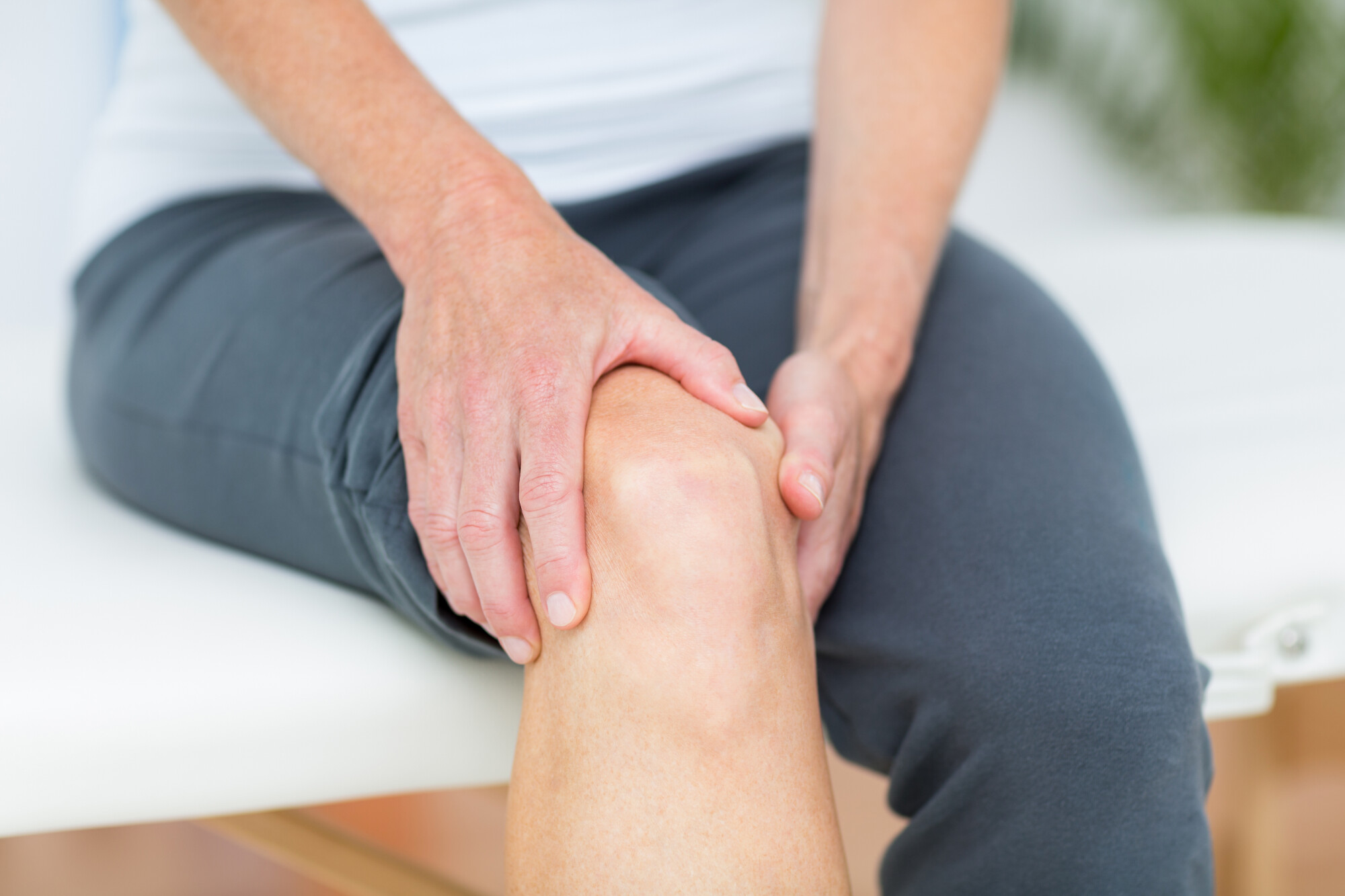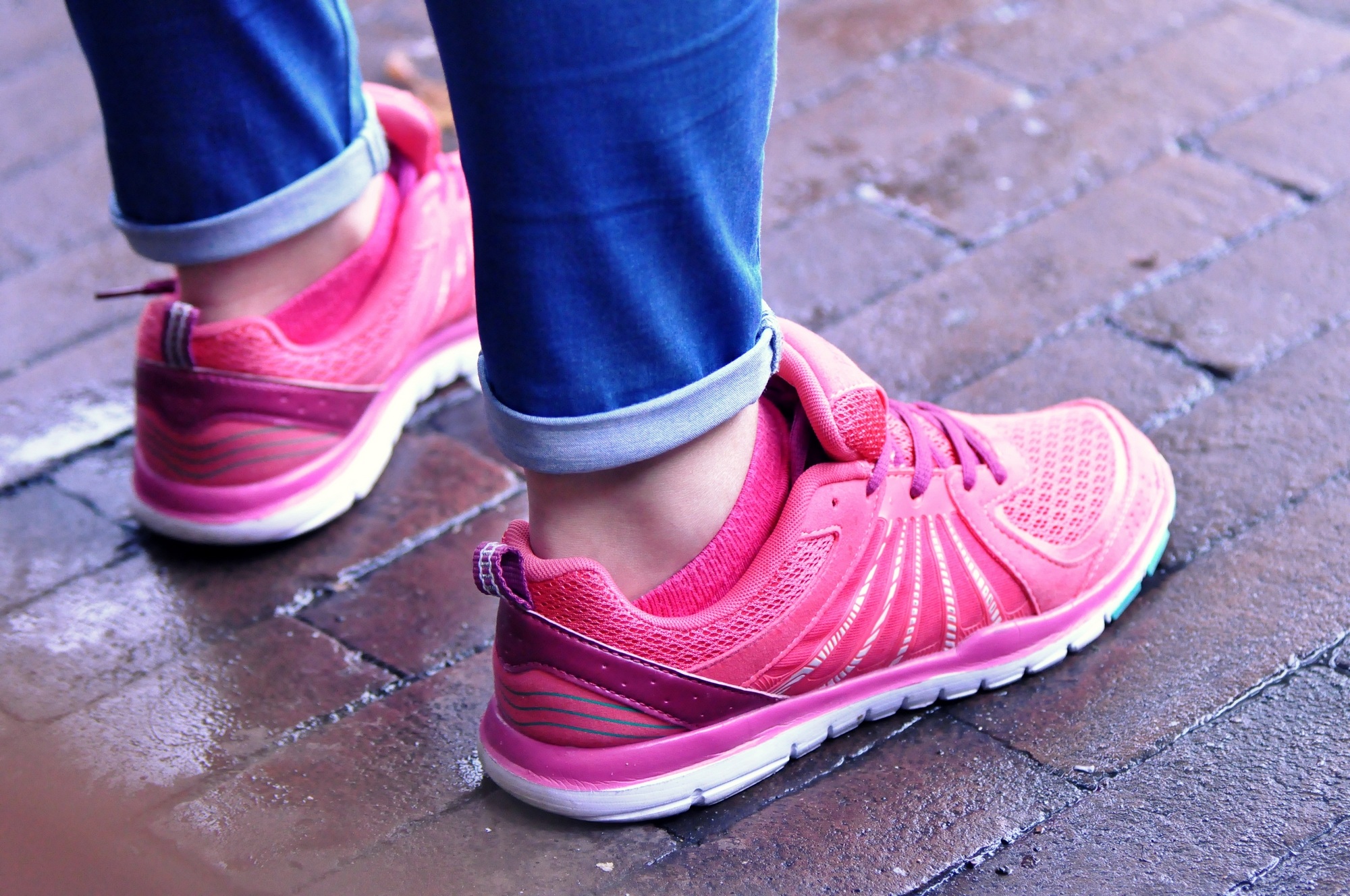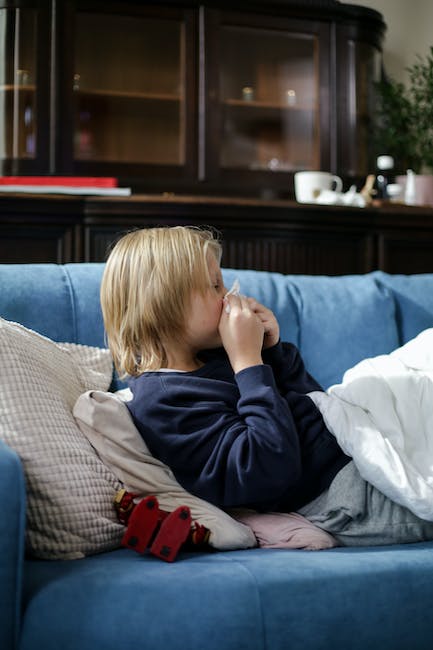Are you suffering from pain in your knees?
You might be suffering from dancer knee pain after an extended period, or you might be a dancer and worried about developing pain. The causes of pain in your knees while performing can vary, and they can be related to factors you may not immediately expect.
In this article, we’ll explore some of the common causes of knee pain in dancers as well as how to deal with them.
Contents
Patellofemoral Syndrome
This is a condition caused by friction or stress on the joint located between the femur and the kneecap. Common causes of pain from the patellofemoral syndrome in dancers are:
- incorrect body mechanics
- abnormal foot positioning
- over-training
Weak muscles and incorrect jumping technique can also lead to dancer knee pain. Poor posture and muscular imbalance around the hip and knee may also contribute to this type of knee injury.
To determine the cause of the pain, a thorough physical assessment should be completed by a qualified medical professional. Read more on knee strains to further understand potential treatments and preventative measures if PFS occurs.
Tendinitis
Tendinitis is a common cause of knee pain in dancers. It is caused by the inflammation of a tendon, which is a band of tissue that connects muscle to bone. It is often caused by repetitively using the same muscles over a long period like those that control jumps, turns, and kicks.
It can also be caused by:
- tight muscles
- overtraining
- incorrect jumping techniques
Symptoms include stiffness, soreness, swelling, and pain in the tendon or around it. Stretching, anti-inflammatory medications, and rest are usually effective treatments for mild cases of tendinitis. Massage, physical therapy, and correct jumping technique can be useful for more severe cases.
Plica Syndrome
It occurs when the knee cap (patella) rubs or catches on soft tissues (plicas) in the knee joint. Symptoms of Plica Syndrome may include knee pain, clicking or popping, feeling of the knee catching, locking or giving out, and swelling.
The swelling may be caused by the constant irritation of the Plica by the Patella. One of the primary causes is overuse of the joint or a structural issue involving the capsular ligament (joint capsule) of the joint.
Treatment can include:
- rest
- ice
- physical therapy
- surgery
Surgery is the only way to truly assess the severity and fix the issue. Non-surgical treatments such as physical therapy, strengthening exercises, and lifestyle modifications can help to improve symptoms but may not completely resolve the issue.
Dancer Knee Pain: Common Causes And the Best Treatment Options
Dancer knee pain is a serious issue that can be prevented by understanding the different causes and listening to your body. Prevention of injury should be an important factor of every workout and stretches should be done regularly to help warm up and cool down. Make an appointment with your medical professional if you experience knee pain.
If you found this post to be helpful, our blog has more.





